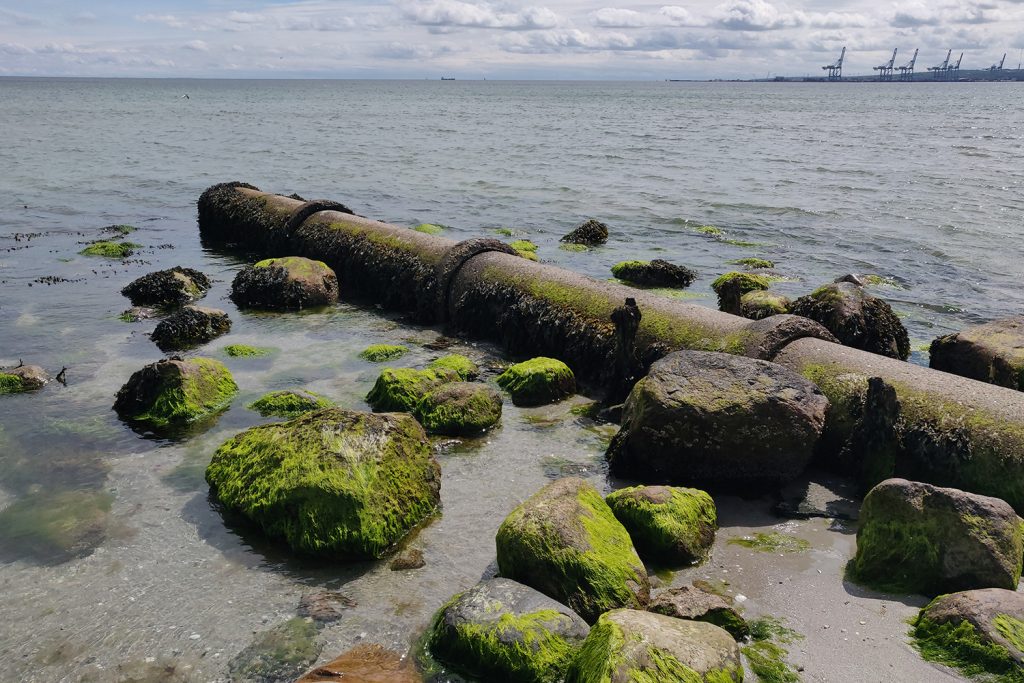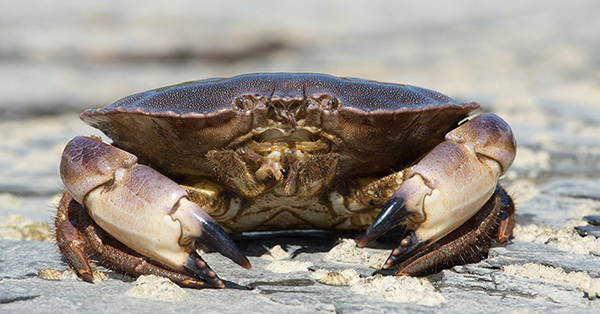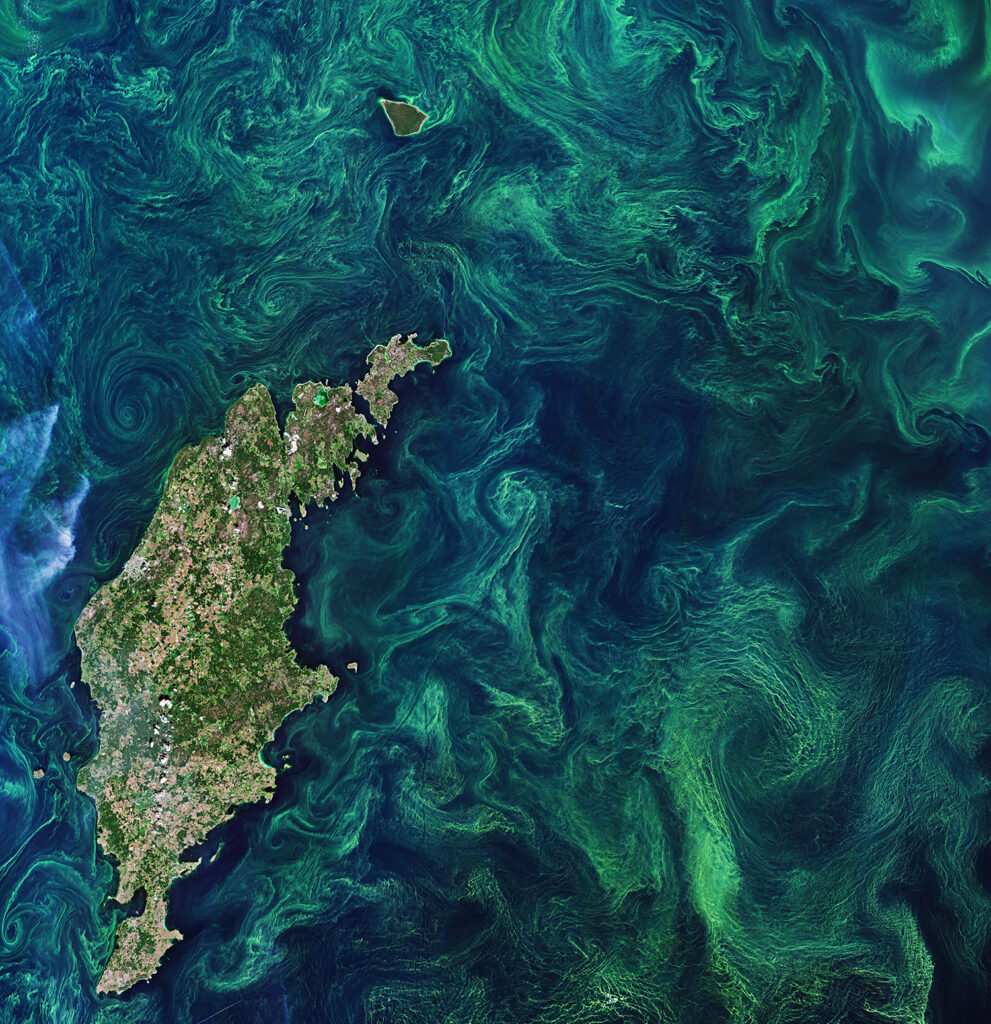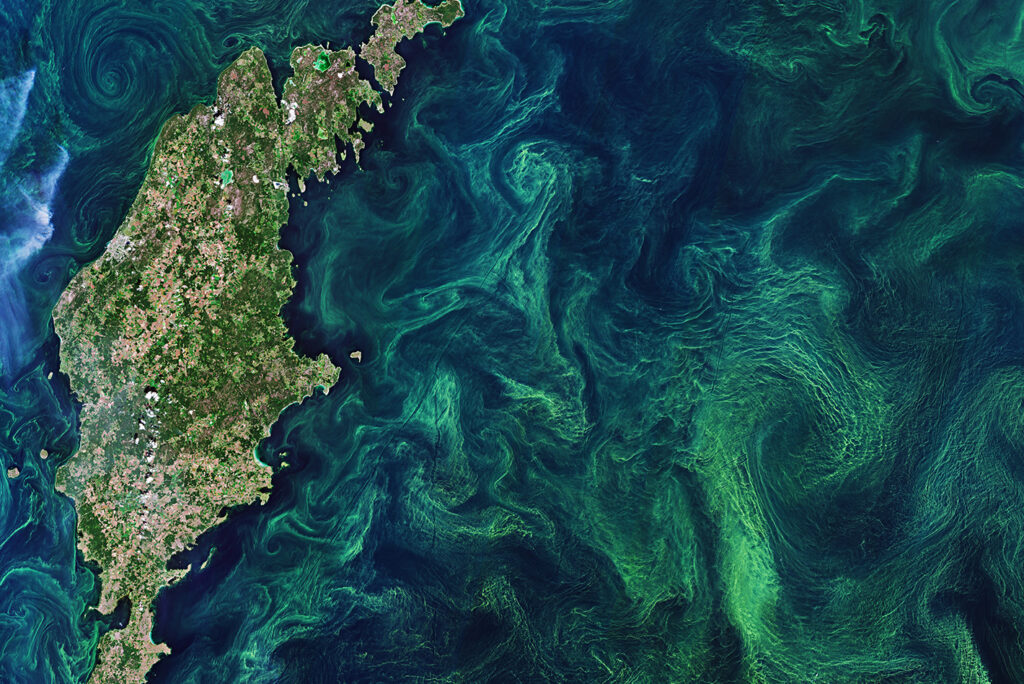Four-year study aims to uncover ‘what the future will look like for the fishery’

The National Oceanic and Atmospheric Administration (NOAA) has awarded Oregon State University (OSU) and its research partners $4.2 million to investigate how multiple climate change-related stressors are impacting marine life off the coast of Oregon, Washington and Northern California.
The four-year study will focus on two key species: Dungeness crab, which plays a significant economic and cultural role in Indigenous and other coastal communities and is considered the most valuable single-species fishery in Oregon; and krill, which are tiny crustaceans that play a critical role in the ocean’s food web and serve as a bellwether for ocean health.
Both species are facing threats from multiple stressors, including ocean acidification; low oxygen conditions, also known as hypoxia; marine heatwaves; increasing ocean temperatures; and harmful algal blooms. According to Francis Chan, the principal investigator, the goal of the new project is to better understand the direct and indirect impacts of those stressors and help commercial fisheries and state and Tribal resource managers prepare for the changes ahead.
“We know that the climate is changing, and it is impacting our marine resources,” said Chan, who is a marine ecologist and director of the Cooperative Institute for Marine Ecosystem and Resources Studies at OSU’s Hatfield Marine Science Center in Newport. “This work is all about how we can best position the Dungeness crab fishery to be more resilient to these changes. At the conclusion of this work, we hope to have answers to help fishermen and managers get to a climate-ready fishery.”
The work will focus on the northern California Current, the span of waters along the West Coast from Washington to Northern California, including NOAA’s Olympic Coast National Marine Sanctuary and longstanding Tribal fishing areas.
Researchers will use existing and new ocean data, ocean and climate models, laboratory experiments and fisheries management evaluation techniques to learn more about the relationships between the different stressors and the potential cascading impacts that may result.
“We are connecting the dots on key pieces of innovative ocean research, including observations from undersea autonomous vehicles, AI-driven analytics of ocean food webs and state-of-the-art climate models,” said Jack Barth, executive director of OSU’s Marine Studies Initiative and an oceanographer in the College of Earth, Ocean, and Atmospheric Sciences.
A key component of the project is the integration of Traditional Ecological Knowledge, which is the accumulation of Indigenous science, including information, practices and beliefs about relationships and environmental functions, including all elements, species and processes within ecosystems. The work will include interviews with Tribal members to better understand changes to shellfish populations and ocean patterns that Tribal members have orally documented over multiple generations.
“We want to provide context around what changing ocean conditions might mean for the future, not just for the commercial industry, but also the cultural impacts for Tribal communities on the West Coast,” said Samantha Chisholm Hatfield, Siletz Tribal member and an assistant research professor at OSU’s College of Agricultural Sciences who will lead that aspect of the project.
Tribal fishers also will contribute to the collection of scientific data on ocean conditions in their areas. The research team also will work closely with Tribal and commercial fishery leaders through the establishment of a management advisory board.
“With all of the information we gather, we hope to give people a clear view of what the future will look like for the fishery in this region,” said Chan. “We will also look at how current resource management tools, such as size limits and seasonal closures, as well as other options that fishers and managers identify, might be used in the future to safeguard the fishery.”
For more information, visit the project website.
Follow the Advocate on Twitter @GSA_Advocate
Now that you've reached the end of the article ...
… please consider supporting GSA’s mission to advance responsible seafood practices through education, advocacy and third-party assurances. The Advocate aims to document the evolution of responsible seafood practices and share the expansive knowledge of our vast network of contributors.
By becoming a Global Seafood Alliance member, you’re ensuring that all of the pre-competitive work we do through member benefits, resources and events can continue. Individual membership costs just $50 a year.
Not a GSA member? Join us.
Author
Tagged With
Related Posts

Responsibility
Ocean acidification isn’t just a carbon story – it’s also about nitrogen
Dr. Barry Costa-Pierce on the connection between nitrogen, carbon dioxide and ocean acidification, and the importance of restorative aquaculture.

Fisheries
Study: Pyridine is ‘highly toxic’ to crabs and caused 2021 die-off
A Newcastle University study found that pyridine is 'highly toxic' to crabs and is the chemical responsible for crab and lobster die-offs in the United Kingdom.

Innovation & Investment
NOAA helps fund the launch of harmful algal bloom control center
NOAA awarded $7.5 million to launch a technology incubator with a mandate to “advance innovative ways to control harmful algal blooms."

Fisheries
Increasingly frequent and costly, marine heatwaves are testing the resilience of fisheries and aquaculture
Marine heatwaves have already caused severe losses for seafood, but in some cases, the industry may see some benefits from these events.



